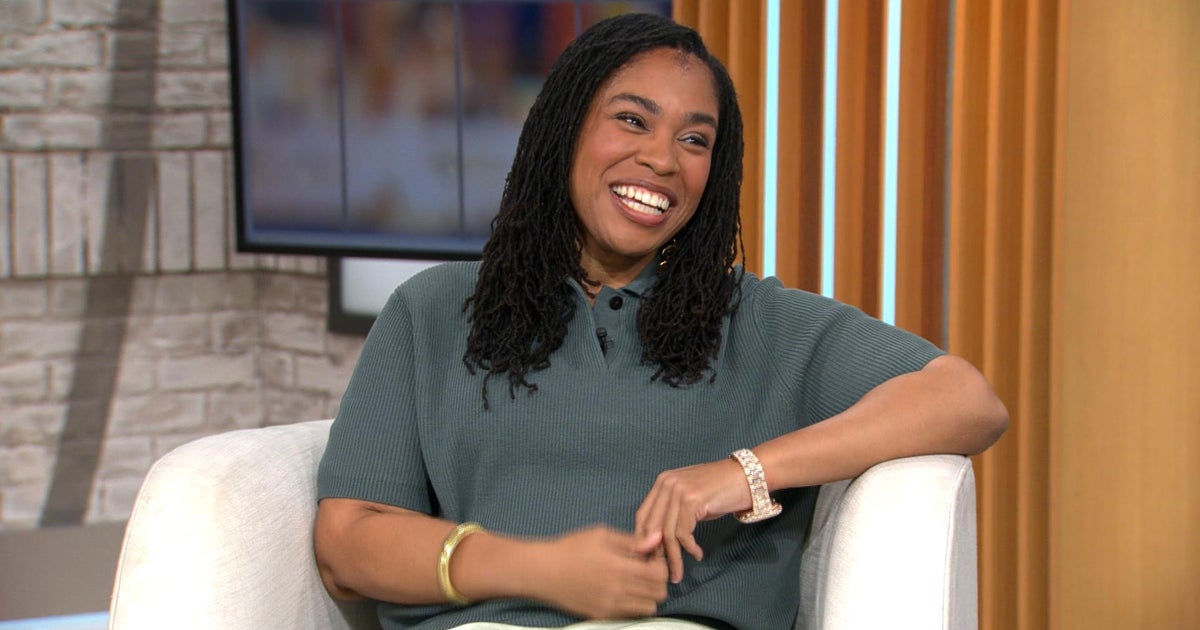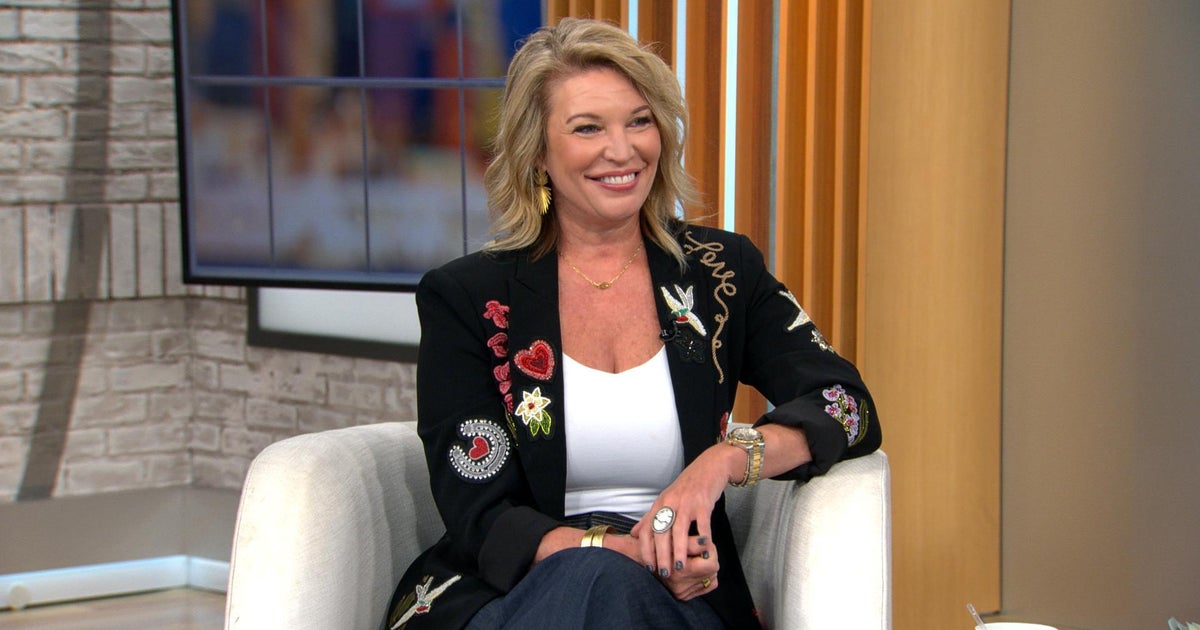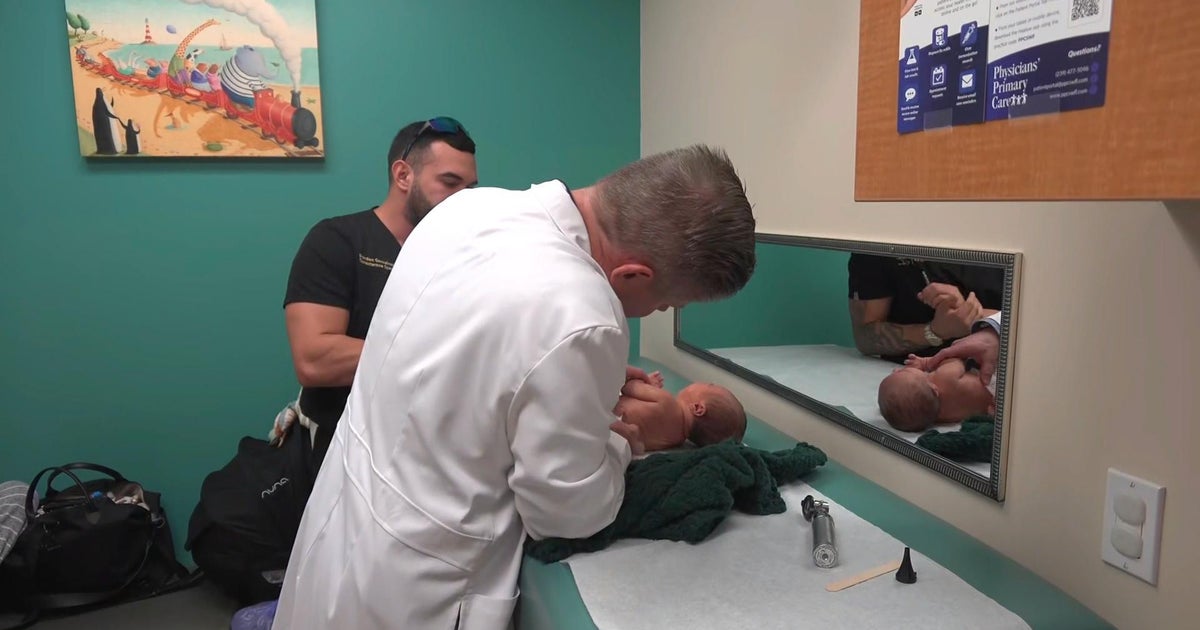Experts warn that Sydney’s rental crisis is exacerbating homelessness and pushing home ownership out of reach for some as the city’s rents hit record highs.
Asking rents for a typical Sydney house hit $780 a week after rising 2.8 per cent or $21 a week over the year to June, the latest Domain Rent Report, released on Thursday, showed.
The median asking rent for units hit $740, a 2.8 per cent increase or $20 a week in the same period.
Experts say it will take considerable time before conditions improve. The vacancy rate remains tight at 1.1 per cent for both houses and units – just below 1.2 per cent a year prior – as supply is still short of demand. A vacancy rate of about 3 per cent reflects a balance between tenants and landlords.
Domain chief of research and economics Dr Nicola Powell said it was still very much a landlord’s market. “Rents are still at a record high and rising, and the core difference we’re now starting to see is we have got stronger rates of rental growth for units compared to houses,” she said.
Powell said that while rental growth is slowing, the rental crisis was not over and tenants were still having to make compromises.
“The affordability ceiling is being reached, and that means tenants have to opt for a share house or compromise on the type of dwelling or number of bedrooms.”
The strongest rental growth was in the Central Coast region, where house rents were up 8.1 per cent to $670 a week compared to a year earlier.
That was followed by the outer west and Blue Mountains, where house rents were up 6.7 per cent to $640 a week.
The outer south-west recorded the strongest rental growth for units – up 7.4 per cent to $520 a week.
That was followed by other far-flung and more affordable regions, including the Central Coast (up 5.8 per cent) and Blacktown (up 5.6 per cent).
Powell said traditionally affordable pockets were recording stronger rates of rental growth.
“Tenants are shifting property types and locations. They’re looking for those pockets of affordability, and they’re difficult to find in Sydney when that affordability ceiling has been reached.”
Centre for Independent Studies chief economist Dr Peter Tulip said the housing affordability issue was creating growing divisions within society.
“Those that have housing are doing well and those that do not are doing badly, and it’s increasing inequality,” he said. “At the bottom of the market, it’s increasing rental stress that’s seriously exacerbating poverty and homelessness.”
Tulip said some Australians will be permanently locked out of home ownership.
“Home ownership has been called an aspiration in Australian culture and those dreams are being crushed. Many young people are understandably bitter and angry about this.”
Loading
He said the productivity of the economy was being increasingly harmed as dynamic workers left the city in favour of other capital cities or moved further out.
“Sydney is exporting its housing shortage to the rest of the country,” he said. “People live with their parents, have two-hour commutes or live in overcrowded houses, which are all indicators of worsening living standards. Some of them show up in the statistics, many of them don’t.”
Tenants’ Union of NSW chief executive Leo Patterson Ross said some tenants were having to compromise on essentials such as food and healthcare.
“We routinely hear people putting off things that aren’t covered by Medicare like dentistry that they know they really need, but at the end of the day, rent can’t wait,” he said.
“There’s still a cumulative increase [in rents] year-on-year. It’s not slowing down, it would be some relief for figures to go backwards. We’re still seeing rent hikes that are above people’s wages and that puts pressure on the household budget.”

Renter Alex Colman, 40, has found a more affordable property in North Sydney.Credit: Wolter Peeters
Renter Alex Colman, 40, said he was fortunate to have found a two-bedroom unit in North Sydney that he can comfortably afford.
He previously lived in a one-bedroom unit, also in North Sydney, that was cheaper, but it had significant mould and substandard living conditions.
“The mould was terrible,” the director of IT company CICT Solutions said. “We had to take everything out of the cupboards, disinfect and clean.
“When we first moved in, we had so many issues with the unit to begin with. The previous tenants had dogs, and it stunk of wet carpet and dog.”

Colman and his girlfriend Jennifer Diaz previously lived in a one-bedroom unit.Credit: Wolter Peeters
Before that, Colman lived in a two-bedroom unit in Zetland, where his rent was much higher.
Little Real Estate national manager Stephen Erickson said once-affordable neighbourhoods are now becoming unaffordable.
“You get better value for money with cost of living … if you go three or four suburbs out,” he said.
Most Viewed in Property
Loading


















































